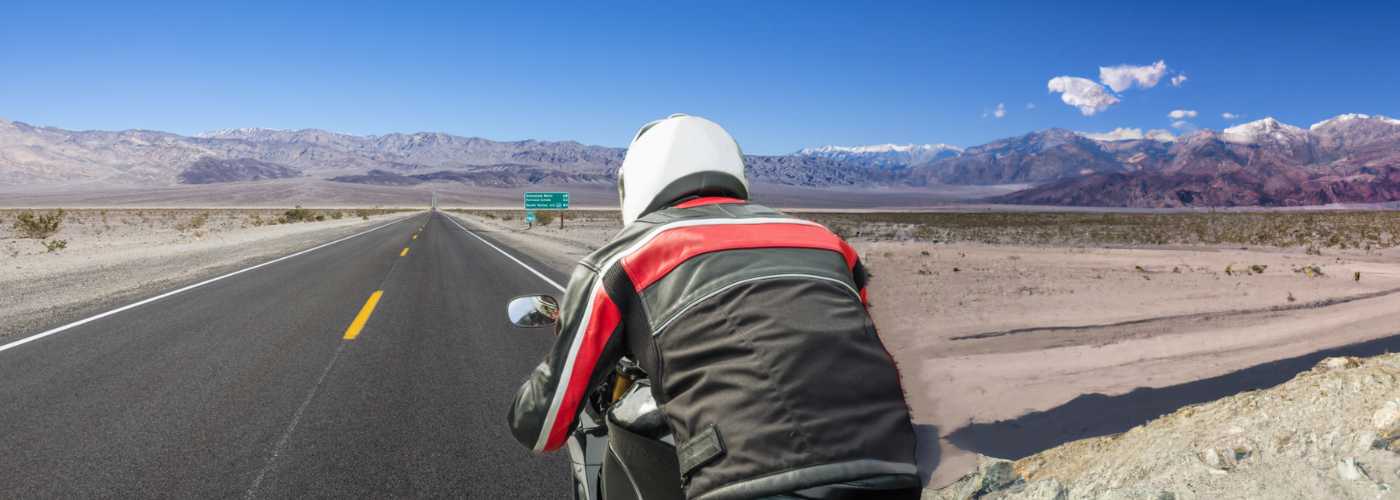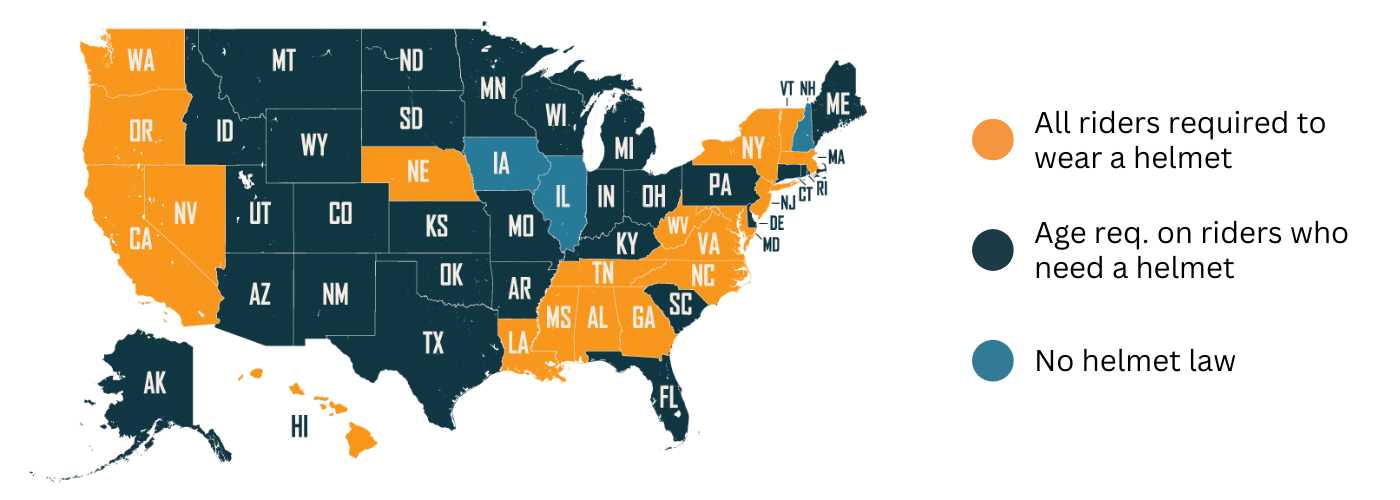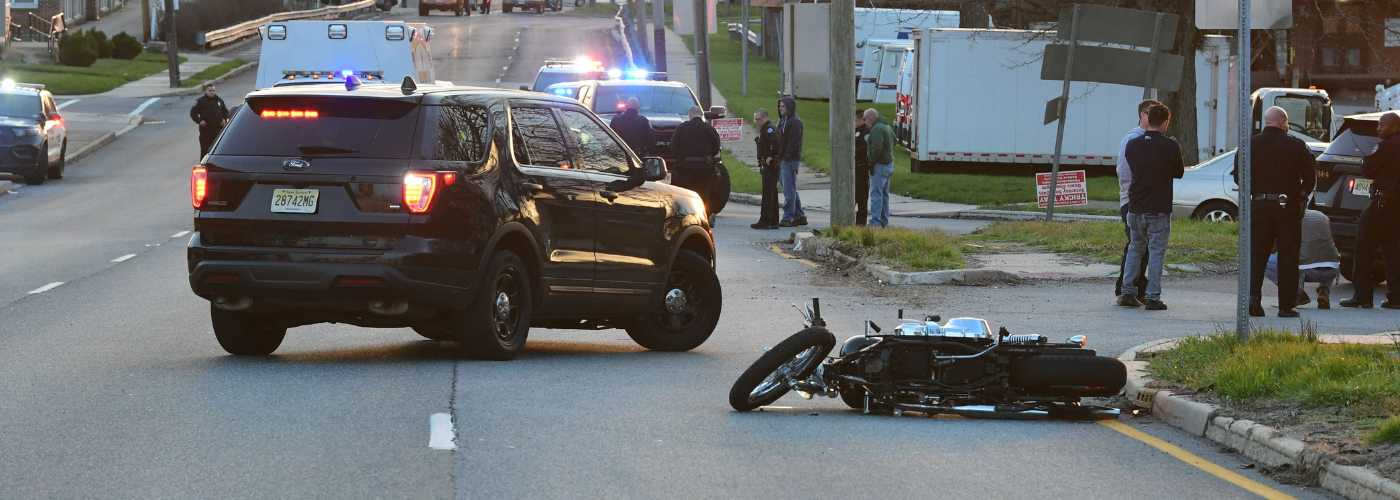With some of the most spectacular scenery in the United States, it is no wonder that Nevada is a popular destination for motorcyclists. However, as with any state, there are laws and regulations that all motorcyclists must abide by when riding in Nevada. Understanding these laws can help ensure that riders have a safe and enjoyable experience while on the road. This article provides an overview of motorcycle laws in Nevada, including helmet requirements, speed limits, and safety inspections.
What States Have A Motorcycle Helmet Law
Motorcycle helmets are essential gear for riders as they provide protection in case of accidents. It’s important to know the motorcycle helmet laws in your state to avoid getting a ticket or a fine. Currently, only 19 states and the District of Columbia have mandatory helmet laws that require all riders to wear helmets.
These 19 states include Alabama, California, Georgia, Louisiana, Maryland, Massachusetts, Michigan, Mississippi, Missouri, Nebraska, Nevada, New Jersey, New York (only for riders under 18), North Carolina (only for riders under 18), Oregon (only for passengers), Tennessee (only for drivers with a learner’s permit), Vermont and Virginia. In these states and Washington D.C., anyone riding a motorcycle must wear a helmet that meets specific safety standards outlined by their respective Department of Transportation.
Is Lane Splitting Legal In Nevada?
Riding a motorcycle can be an exciting and efficient way to get around, especially in Nevada, where the weather is often sunny and warm. However, when it comes to lane splitting or sharing, many riders are unsure about the legality of this practice. Lane splitting refers to a motorcyclist riding between two lanes of traffic moving in the same direction faster than surrounding vehicles.
The good news for Nevada riders is that lane splitting is legal in certain situations. In 2019, Governor Steve Sisolak signed Assembly Bill 236 into law, which allows motorcycles to split lanes under specific circumstances. According to the law, motorcyclists can legally split lanes when traffic is moving at speeds of 50 mph or slower, and the rider does not exceed 10 mph over other vehicles’ speeds.
What States Have A No Chase Law For Motorcycles
In recent years, police chases have become a controversial topic in the United States. High-speed pursuits can put innocent bystanders at risk and lead to serious accidents. As a result, some states have implemented laws prohibiting police officers from chasing motorcycles.
The states with no chase laws for motorcycles include California, Florida, Arizona, Texas, Georgia, and South Carolina. These states recognize that high-speed motorcycle chases are dangerous and often end in tragedy. Instead of risking the safety of motorcyclists and pedestrians alike, law enforcement officials in these areas are instructed to use other methods to apprehend suspects.
While some argue that no chase laws may give criminals an advantage to escape authorities on their motorcycles or vehicles altogether, others believe it is crucial for public safety to prioritize protecting innocent lives over catching criminals at all costs.
Do You Need A Motorcycle License In Nevada?
If you’re living in Nevada and considering buying a motorcycle, one of the questions that may come to mind is whether or not you need a license to ride one. The answer is yes if you plan on operating a motorcycle on public roads, highways, or even off-road areas. You must obtain a Motorcycle Operator’s License (MOL) from the Nevada Department of Motor Vehicles (DMV).
To qualify for a MOL in Nevada, the applicant must obtain a learner’s permit by passing a written test. After holding the permit for at least 30 days and completing an approved rider education course, applicants are eligible to take the skills test. Passing this test earns them their MOL, which carries certain restrictions, such as not riding with passengers until they have held their license for six months.






Filing A Case For An Injury At A Water Park in Las Vegas
Filing a case for an injury at a water park in Las Vegas is not
Jul
How To Sue A Las Vegas Nightclub For Your Injury
If you’ve found yourself on the receiving end of negligence or misconduct at a Las
Jul
Steps To Filing A Lawsuit Against A Casino
Walking into a vibrant casino, with its dazzling lights and the promise of fortune lingering
Jun
How To Handle Ride Share Accidents in Las Vegas
Las Vegas is a hotspot for ride-sharing services like Uber and Lyft. While these convenient
Jun